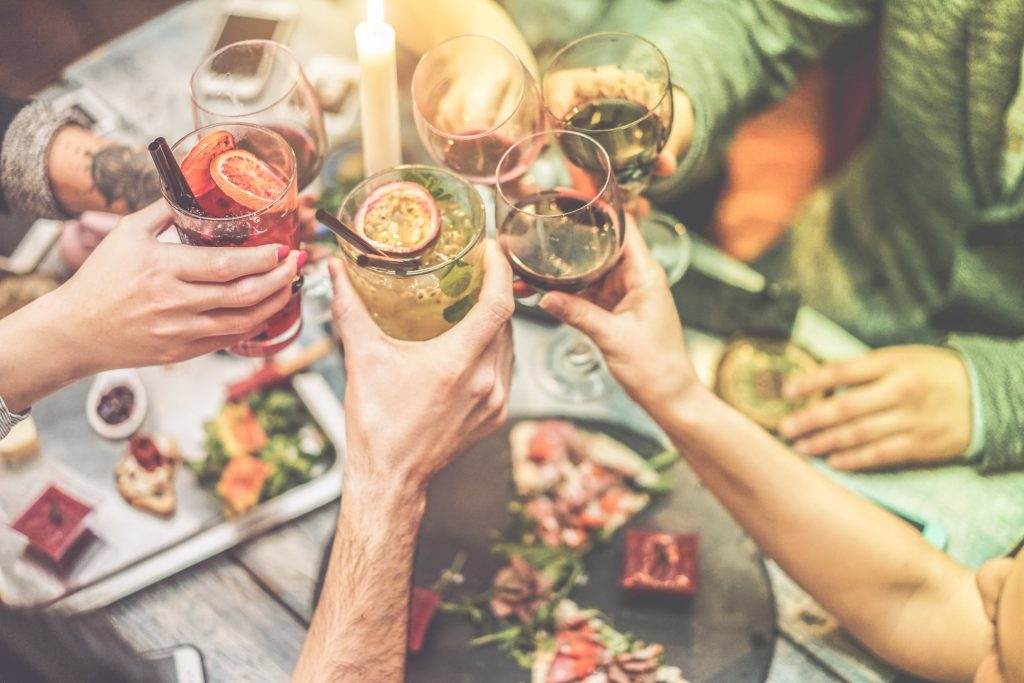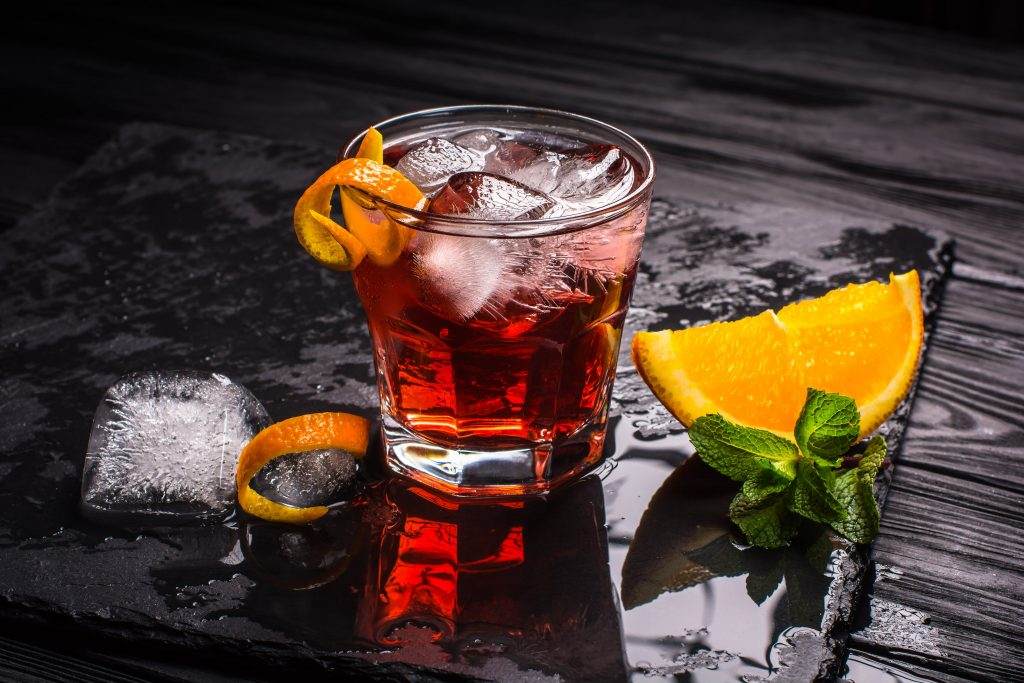23 Jun The tradition of the Milanese aperitif!
Milan is also known by the nickname "Milan to drink". From this you can easily understand that, in our city, the aperitif is a real must for the evening. In the late afternoon, wherever you are, you can meet people, seated at a table, while sipping a drink with friends, accompanied by a few snacks. This tradition has become part of our daily lives, but have you ever really wondered what is the history of the famous Italian aperitif? Let's find out together!

In the Fifth Century B.C. the Greek physician Hippocrates prescribed to his patients, suffering from a lack of appetite, his own invention medicine: the Hippocraticum vinum (white and sweet wine made with macerated flowers, wormwood and rue).
An antecedent of the modern cocktail was already consumed in the ancient Rome, the mulsum: made from wine and honey. The purpose was to stimulate the appetite, a function that is also discernible in the etymology of the word "aperitif", which derives from the Latin "aperitivus" (that opens). A drink therefore, able to "open" and stimulate the feeling of hunger.
The vinum Hippocraticum was then handed down from century to century, arriving in the expert hands of medieval herbalists who came to a surprising discovery.
To stimulate the sense of hunger were not those particular ingredients, but the bitter taste they released. It is not a coincidence that, today, the main cocktails we love to drink during the aperitif are mainly characterized by a classic bitter aftertaste.
The real aperitif, intended as a food habit and not as a cure, was born in Turin in 1786 in a small shop of spirits and wines managed by Antonio Benedetto Carpano, who had the idea to sell a flavored wine which he called vermouth, from the German word “Wermut” (wormwood).
Many years later he gave a box to King Vittorio Emanuele II, who told him to appreciate it for its being a "point and a half" (“punt e mes” in Turin dialect) more bitter than the other wines; so Carpano Vermouth (renamed Punt e Mes) became the official drink of the Court. The Royal Family appreciated the alcoholic beverage so much that they granted the authorization to use the formula "White Gancia, vermouth of the Aristocracy and the Kingship".
In 1815, Mr. Ramazzotti from Milan was the first to create an aperitif that was not based on wine, putting 33 herbs and roots from all over the world in alcohol infusion.
Following these successes, in the province of Turin, the winemaker Martini, entered in a partnership with Commendatore Rossi, put on the market another type of drink he invented: the Muscat Canelli. Its sweet taste made it ladies’ favourite, so Martini and Rossi, in order to satisfy even the male tastes, created a drier version (the current Dry Martini).
In 1862 Mr. Gaspare Campari, owner of a popular cafe in Milan, launched a new bitter aperitif and, to distinguish it from vermouth, called it by another name of Germanic origin: Bitter.

At that time, the aperitif was not rich and varied as today yet, but it was tied to the habit of attending meeting and culture places where gossip and discussions were accompanied by alcohol and snacks interludes.
It was in 1900 that, in Milan, the aperitif became a social event and the classic glass of wine, accompanied by olives and small "tapas", gradually turned into a cocktail, and drinks became more and more innovative and menu lists longer than ever, as well as the types of snacks in combination.
Finally, in the Eighties Milan inherited the US formula of “Happy Hour” and the aperitif began to spread out definitely as a worldly formula for excellence. To wish you a sparkling summer, we greet you with a fresh "Cheers"!

